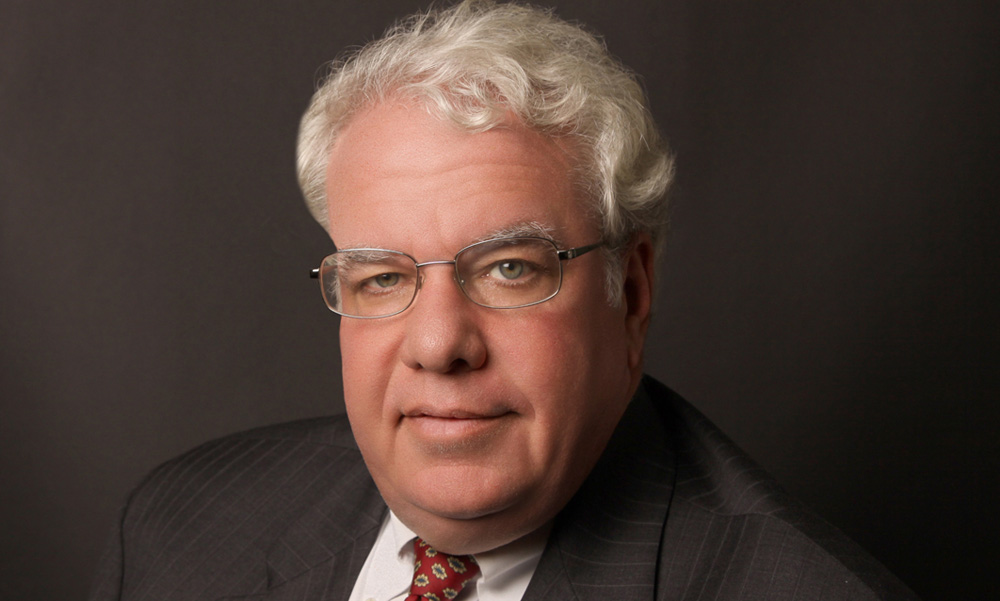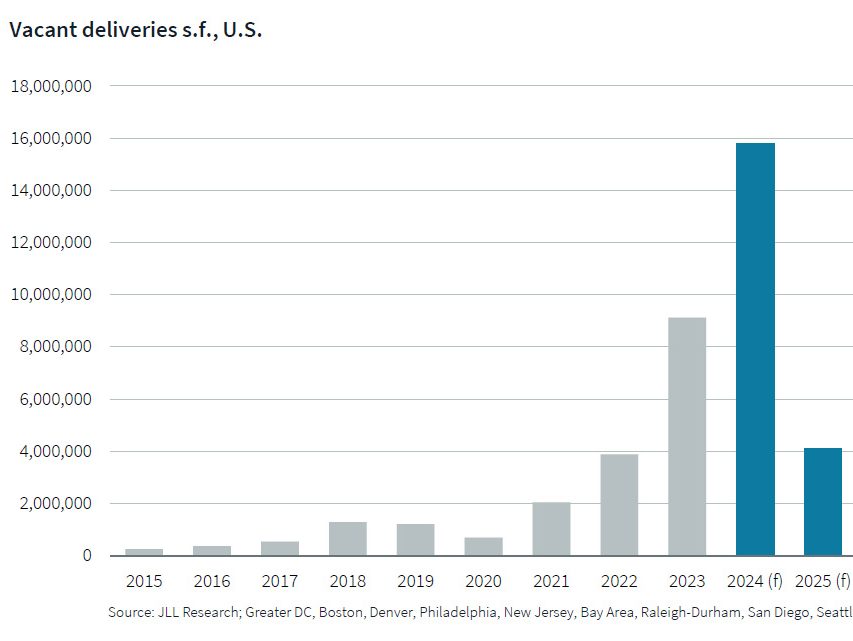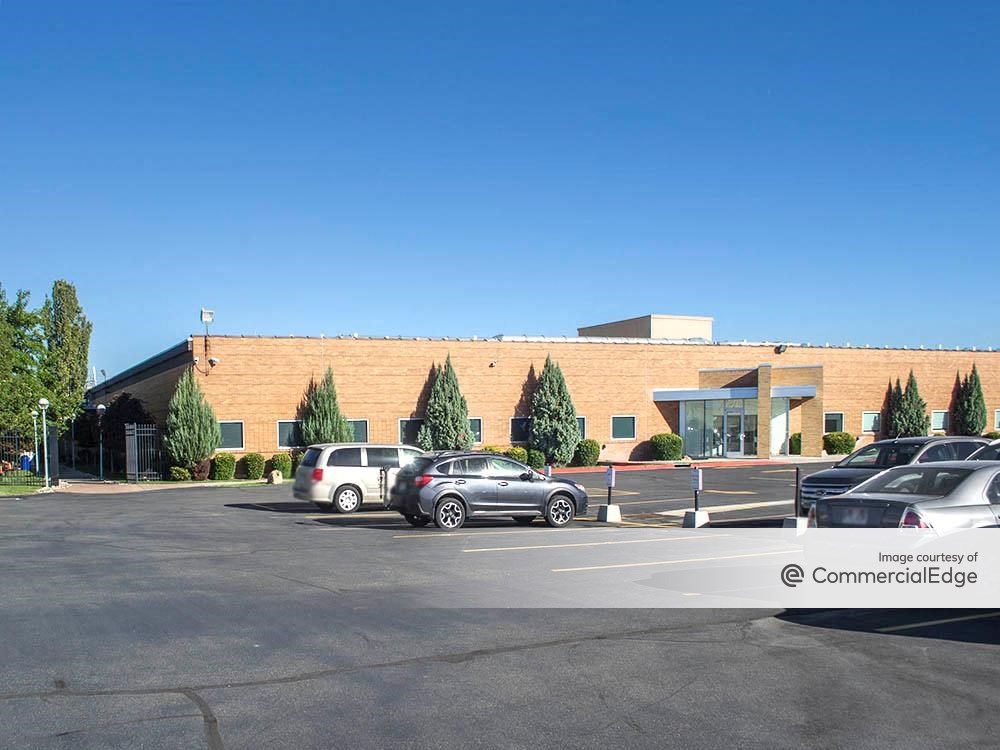August Issue: CFO Corner—CRE, Meet the IoT
Steven Bandolik’s monthly CFO Corner column analyzes the concept of tapping into the new world of connectivity.
By Steven Bandolik,Contributing Columnist
Albert Einstein once famously stated, “Not everything that can be counted counts. And not everything that counts can be counted.” Though they predate the Internet era, his words perfectly encapsulate the Internet of Things (IoT) and its close relationship with ambient computing in commercial real estate.
Let’s start by defining these often misunderstood terms. To put it simply, the IoT lives through sensors and actuators embedded in devices that interact with the world. Ambient computing contains this communication at its core and harnesses the environment for business processes and insights.
Today, an estimated 11 billion sensors are deployed in offices and homes, power grids, vehicles and other physical hubs. Meanwhile, an estimated 1.5 trillion objects are still waiting to be put to work. When you consider that the digital universe is expected to grow to 40 zetabytes by 2020, the potential to connect those objects in order to harvest data signals the opening of a new business frontier.
Select, Then Connect
Einstein’s words carry an important message about the IoT and ambient computing: Don’t attempt to connect everything that can be connected. As Deloitte’s “Tech Trends 2015” report notes, the goal should not be the Internet of Everything, but rather the network of some things, deliberately chosen and purposefully deployed. The connections a company creates offer the best insights on a variety of fronts, including risk management, operational efficiency and the bottom line.
How can the IoT and ambient computing achieve that? Let’s look at some examples:
■ Space Optimization. Companies often issue badges to employees that track when they scan in and out. However, those badges don’t necessarily register when an employee scans into a specific floor or work space. Enter the IoT and ambient computing. By tracking IP addresses on employee computers with wireless hubs, companies can pinpoint where and when space is being used. The resulting data can suggest solutions ranging from downsizing underutilized office space to enabling the intelligent use of Internet bandwidths and other office utilities.
Smart Tools
■ Intelligent Utility Usage. Understanding employee behavior can improve conservation, which is where the IoT and ambient computing services come in. ComEd is on track to install smart meters for its customers by 2018. The Chicago-based utility’s goals include providing new tools to manage consumption. A next-generation thermostat uses occupancy sensors, on-device learning, cloud-based analytics and Web services to match energy use to customers’ behavior and needs.
One more recommendation for those looking to dive into the Internet of Things: Be vigilant. Cybersecurity risks can lie within each layer and seam of the IoT. It’s important to take a broad approach to securing ambient computing, which requires constant monitoring. Continuously comparing activities to a baseline of expected behavior can help detect anomalies.
Of course, these are just a few of the issues you and your team should consider about the IoT’s applications. For further information, download a copy of “Tech Trends 2015: The Fusion of Business and IT,” available on Deloitte’s website. (And don’t miss “Brave New World,” this issue’s cover story about the IoT!)








You must be logged in to post a comment.